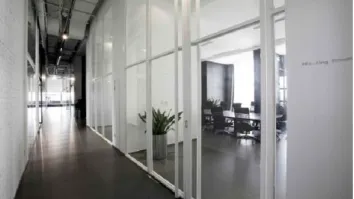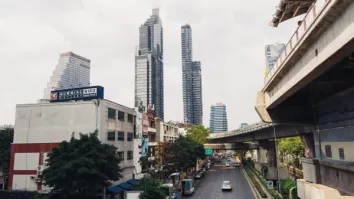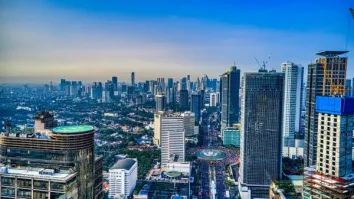
APAC real estate funding gap to reach US$8.4b between 2024 and 2026
Australia faces the biggest funding gap of US$4.6b.
Outstanding senior commercial real estate debt in Asia Pacific totals at least US$257 billion, with a funding gap of US$8.4 billion expected between 2024 and 2026. This is a much narrower gap than investors in the other major regions, according to the latest analysis from CBRE.
The debt funding gap in Asia Pacific is relatively small, compared with Europe (US$191.4 billion) and the U.S. (US$157.3 billion), owing to the limited repricing in Asia Pacific when compared with other regions. This limits opportunities for distressed assets and Non-Performing Loans (NPLs) in the region. Australia faces the largest funding gap at US$4.6 billion, followed by mainland China at US$2.9 billion.
The office sector is expected to face the most significant gap, with further asset repricing anticipated throughout the remainder of 2024. This repricing will particularly affect secondary properties that are currently out of favour with tenants. However, distressed office acquisitions will be limited in selective markets.
With 72% of debt origination in Asia Pacific over the past three years being recourse loans, the actions of banks will determine the extent to which the debt funding gap leads to distress sales. If banks become more aggressive in pursuing assets within underperforming investor portfolios, the risk of distress in certain markets and sectors will increase.
“With cap rates expansion set to moderate and rates likely to stay higher for longer in Asia Pacific, we anticipate increased buying opportunities in the second half of 2024, particularly in the office sector. CBRE expects commercial real estate investment volume in Asia Pacific to grow by 5% year-on-year in 2024, led by Japan while other markets are poised to recover from a lower base,” said Greg Hyland, Head of Capital Markets, Asia Pacific for CBRE.
Property owners that want to refinance need to carefully monitor Interest Coverage Ratios (ICRs) and interest expenses. The analysis shows that refinancing costs in Australia and Hong Kong SAR could be up to 1.9 times higher over the next two years. Japan will also undergo restructuring in interest expenses following the end of negative interest rates.
“Equity investors can find attractive opportunities, while alternative lenders may benefit from working with banks to restructure commercial real estate and development exposure in specific markets,” said Dr. Henry Chin, Global Head of Investor Thought Leadership & Head of Research, Asia Pacific for CBRE.
To read the full report, click here.



















 Advertise
Advertise






